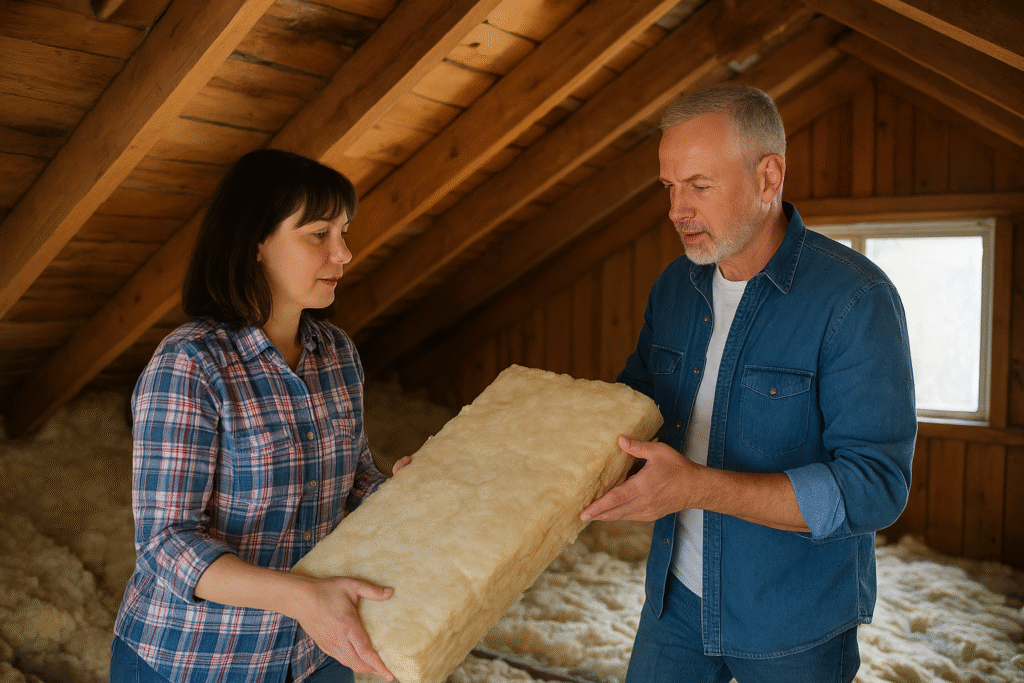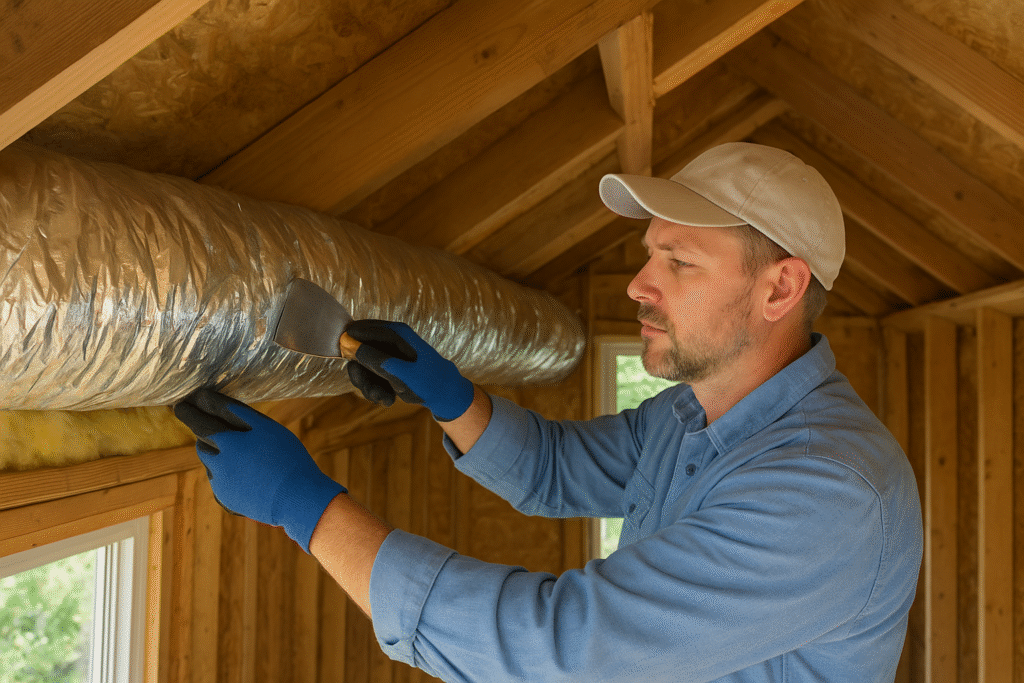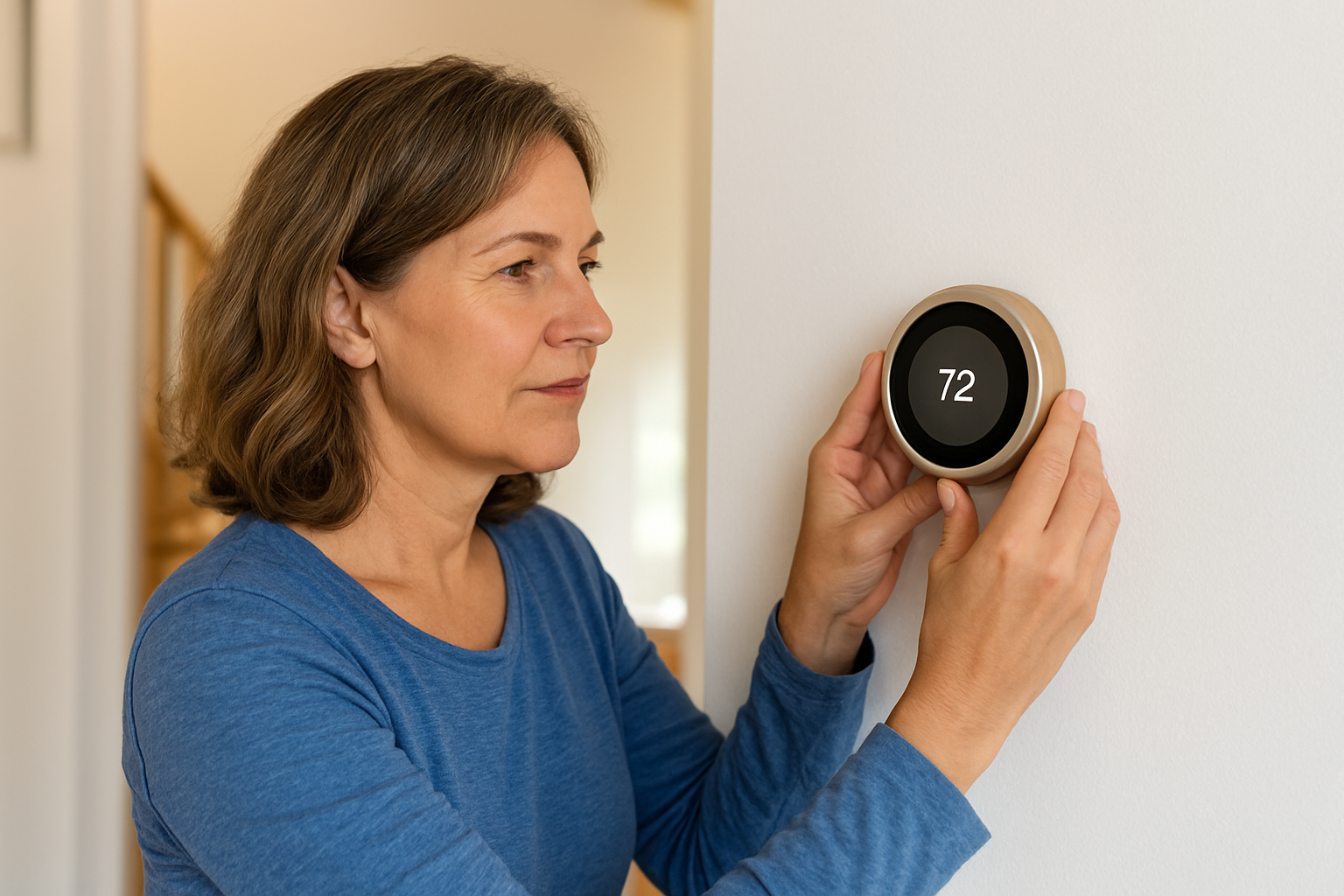If you have a low income, several federal programs can lower your heating and cooling costs, make your home safer, and help pay for efficiency upgrades. This guide walks you, step-by-step, through Weatherization Assistance Program (WAP) services, bill help (LIHEAP), loan options (HUD Title I / FHA 203(k)), and tax credit opportunities — plus practical tips for Native Americans, veterans, and rural residents who often qualify for prioritized help. Information below is current as of August 2025 and links to official government pages are collected at the end.
Why this matters (fast facts)
- Weatherization upgrades (insulation, duct sealing, furnace tune-ups, air-sealing, etc.) reduce energy use and lower utility bills year after year. The U.S. Department of Energy’s WAP has helped millions of households and reports average annual energy savings for a weatherized home. (The Department of Energy’s Energy.gov)
- The federal government does not give individuals “free money” for home repairs — watch for scams and always apply through official state/tribal/local agencies. (USAGov)
What the Weatherization Assistance Program (WAP) actually does
WAP helps low-income households by paying for energy-saving improvements and necessary health & safety repairs that enable weatherization work (for example, fixing unsafe wiring before installing insulation). WAP is administered by DOE and delivered through state, tribal, territorial, and local agencies (community action agencies, nonprofits, local governments). (The Department of Energy’s Energy.gov, American Cities Challenge)
Typical measures:
- Insulation (attic, wall, crawlspace)
- Air sealing and duct repair
- Furnace/heat-pump repair or replacement (when needed for safety/efficiency)
- Energy-efficient lighting and minor appliance upgrades
- Safety fixes (combustion safety, mold remediation if it prevents weatherization)
Who’s eligible — the rules you need to know
- DOE guidance commonly uses an income threshold up to 200% of the federal poverty guidelines, though many states use LIHEAP rules (often 60% of state median income) as the eligibility standard. Final eligibility is set by your state/tribal WAP office. Always check local rules. (The Department of Energy’s Energy.gov, California Department of Social Services)
- WAP funds go to all 50 states, the District of Columbia, Native American tribes, and U.S. territories. Many grantees list client priority categories such as older adults, people with disabilities, children, and Native Americans. If you’re a veteran, rural resident, or Tribal member, your local plan may include outreach or priority slots. Check your state/tribal plan for details. (Indiana Government, American Cities Challenge)

7 step, user-friendly plan to apply and combine benefits (actionable)
- Find your local office (5–10 minutes).
- Start at USA.gov’s weatherization page or your state energy office to get the local WAP or community action agency contact. Save the phone number and the email. (USAGov)
- Gather simple documents (30–60 minutes).
Typical paperwork: photo ID, proof of residence (utility bill, lease), income proof for household members (pay stubs, benefit letters, tax return), and Social Security numbers (if requested). Keep digital copies to upload or email. - Call or apply online (30–60 minutes).
Many programs accept phone or online pre-applications; some require an in-person intake. Ask how long waitlists are — some areas experience high demand and may have seasonal open windows. (NASCSP) - Get a home energy audit (if required).
A local contractor or the WAP crew will perform a whole-house assessment and propose measures based on cost-effectiveness and health/safety. This determines what work gets done. - Coordinate other benefits (combine for maximum impact).
- LIHEAP can help pay bills and sometimes fund weatherization improvements; applying to both WAP and LIHEAP is common. (Administration for Children and Families)
- If you’re buying or refinancing, consider HUD’s 203(k) loan or Title I property improvement loan to finance bigger repairs. These are mortgage/loan options (203(k) can roll repair costs into the mortgage; limited 203(k) typically allows up to $35,000 for non-structural repairs). (HUD)
- Understand tax credits & rebates before you pay (save money).
If you’re paying for energy upgrades or installing qualifying equipment, federal tax credits (Energy Efficient Home Improvement Credit and Residential Clean Energy Credit) can offset costs — but rules and deadlines have changed in 2025: check current IRS guidance and EnergyStar listings before signing contracts. (See helpful links at the end.) (IRS, Energy Star) - Follow up: inspection & documentation (ongoing).
After work is done a final inspection and energy-use verification may occur. Keep all receipts, invoices, and the final report — you may need them for tax credits or future program audits.
Special tips for Native Americans, veterans, and rural residents
- Native American households / Tribal lands: WAP provides formula grants directly to Indian tribes and tribal organizations; tribal applicants often have separate application routes and client priorities in their state/tribal plan. Contact your tribal housing office or tribal energy coordinator. (The Department of Energy’s Energy.gov, Indiana Government)
- Veterans: Veterans are income-eligible in the same way as other households; additionally, some VA or tribal veteran programs may offer home repair or housing assistance that can be combined with WAP/LIHEAP — inquire at your local VA or State Veterans Affairs office. (EveryCRSReport)
- Rural residents: WAP operates in rural areas via state grantees and local subgrantees — reach out to community action agencies and your state energy office. Sometimes additional funding sources (state, USDA) can complement weatherization in rural regions.
Common pitfalls & how to avoid scams
- Red flag: Any service that guarantees “free government money” without paperwork or directs you to pay a private broker a fee to apply. Always apply via official government links or local community/action agencies. (USAGov)
- Do not sign away your rights: Read scopes of work and warranties, and get estimates in writing. Keep originals of all program correspondence and receipts.

Quick checklist you can print
- Phone numbers/emails for: State WAP office, LIHEAP, local community action agency, your utility.
- Documents: ID, proof of income, utility bill, proof of residence, SSNs (if asked).
- Questions to ask when you call: waitlist length, priority groups, measures typically installed in your area, whether they help with HVAC (repair/replace), and coordination with LIHEAP.
Final notes (what changed in 2025)
- Energy tax credits and some incentive timelines were updated in 2024–2025; certain tax credits for energy upgrades may change or expire after 2025 — if you plan to claim federal credits, check the IRS and EnergyStar pages for the latest deadlines and claim forms before paying for major work. (IRS, Energy Star)
Disclaimer
This article is for informational purposes only and does not constitute legal, tax, or financial advice. Program rules, funding, and eligibility change periodically — always verify details with the official program office before applying. The official USA.gov and agency pages listed below are the best source for current application steps and local contacts.
Helpful official links (click any to start your application or learn more)
- USA.gov — Weatherization & energy programs (overview): https://www.usa.gov/weatherization-energy-programs (USAGov)
- U.S. Department of Energy — Weatherization Assistance Program (WAP): https://www.energy.gov/scep/wap/weatherization-assistance-program (The Department of Energy’s Energy.gov)
- LIHEAP — Low Income Home Energy Assistance (national resources): https://www.acf.hhs.gov/ocs/programs/liheap or https://www.liheap.org/ (Administration for Children and Families, liheap.org)
- HUD — 203(k) Rehabilitation Mortgage Insurance Program and Title I loans: https://www.hud.gov/hud-partners/single-family-mortgage-programs-203k and https://www.usa.gov/home-repair-programs (HUD, USAGov)
- IRS — Energy Efficient Home Improvement Credit & Residential Clean Energy Credit (current rules): https://www.irs.gov/credits-deductions/energy-efficient-home-improvement-credit and https://www.irs.gov/credits-deductions/residential-clean-energy-credit. (IRS)
- ENERGY STAR — Federal tax-credit FAQs and product rebates: https://www.energystar.gov/about/federal-tax-credits. (Energy Star)
